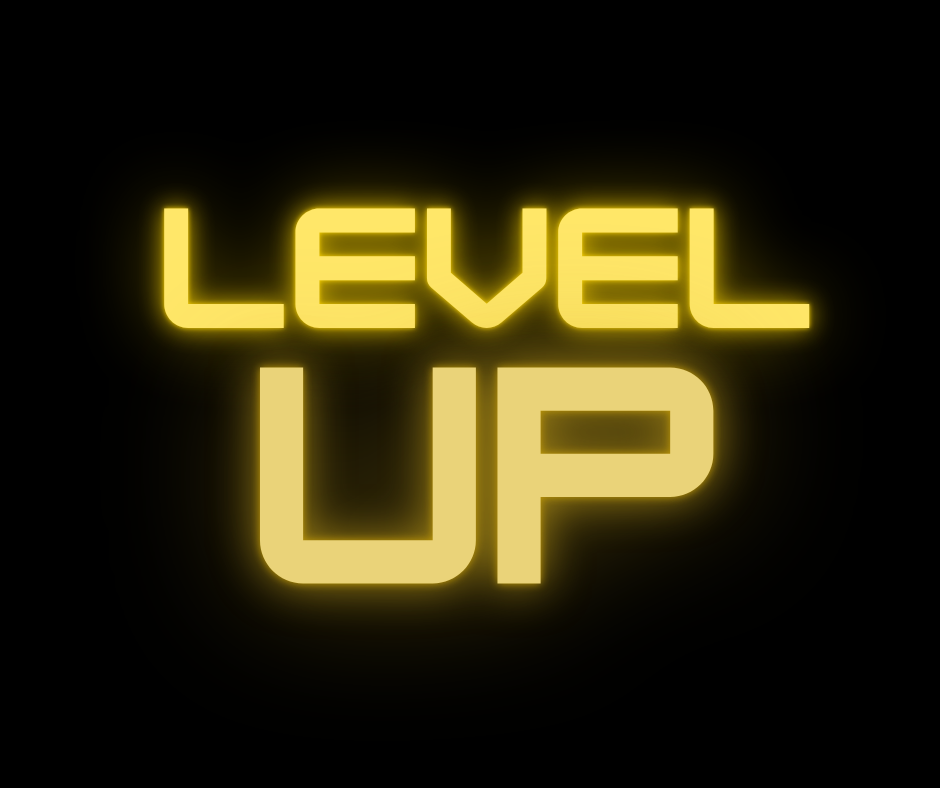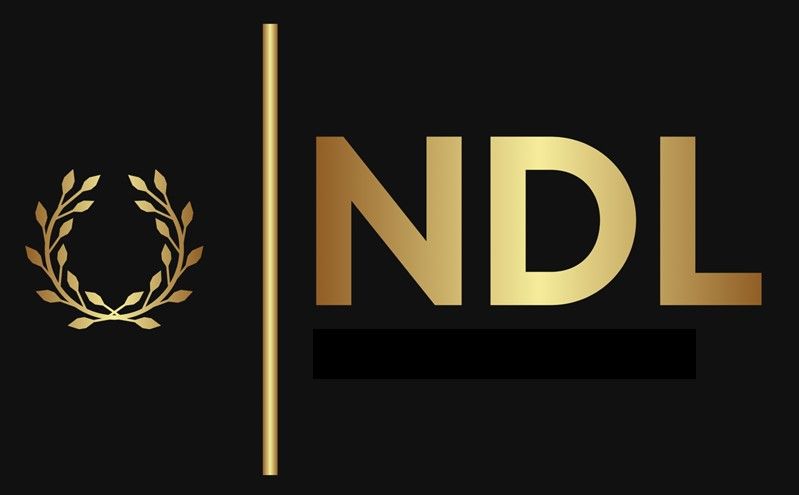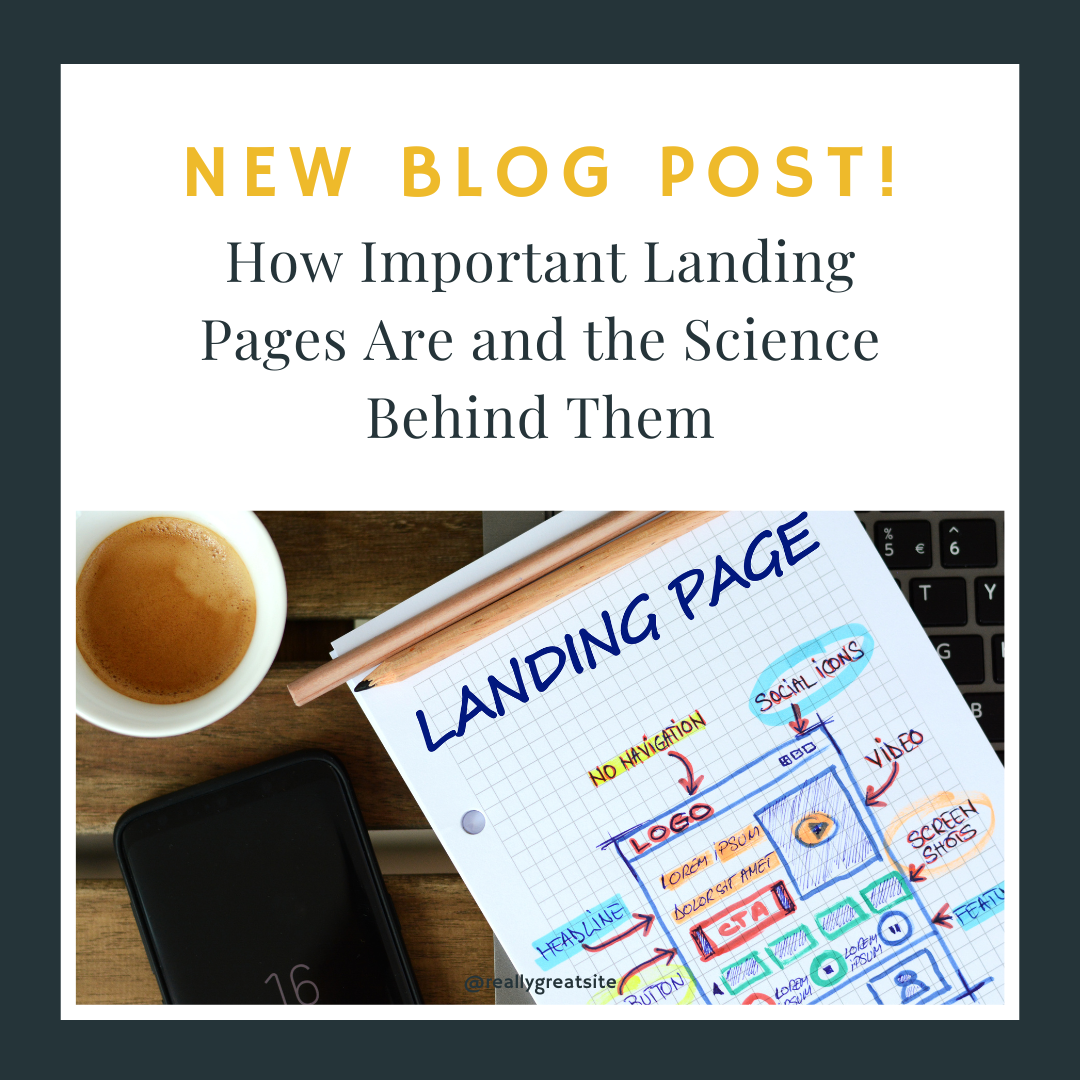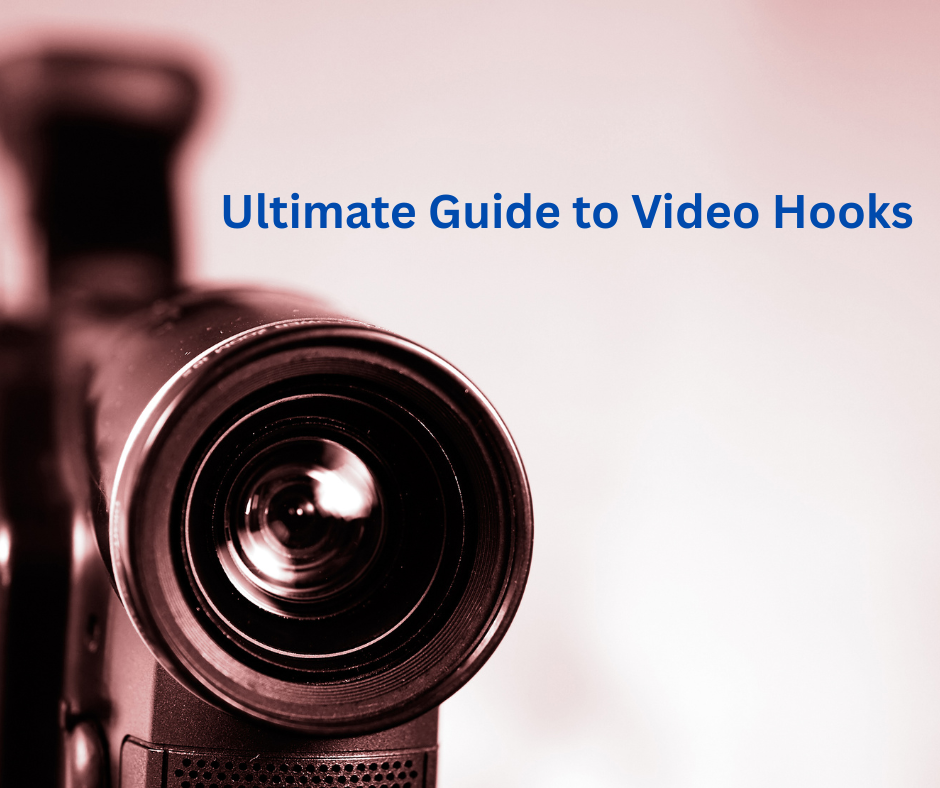Sales Funnels for New Businesses: A Beginner's Guide to Turning Prospects into Loyal Customers
Mastering the Art of Sales Funnels: A Step-by-Step Guide for New Businesses to Convert Leads into Loyal Customers

Starting a business is an exciting and often overwhelming process. You’re full of ideas and energy, but one thing that will separate you from many new companies is a sales funnel. A sales funnel is a crucial tool for understanding how potential customers progress from being aware of your business to becoming loyal clients. It’s the roadmap that guides your marketing and sales efforts, helping you convert leads into paying customers.
At NDL Marketing Firm, we specialize in using data-driven marketing strategies to help businesses grow steadily and sustainably. One of the best ways to grow your business is by using a sales funnel, and in this blog, we’ll explain how it works, why it’s essential, and how you can use it to take your new business to the next level.
What is a Sales Funnel?
A sales funnel is a marketing concept that represents the journey a potential customer takes before becoming a paying customer. It's called a "funnel" because, like a funnel, it starts wide at the top and narrows down as the prospect moves through the stages. The funnel represents the different stages your customers go through, from becoming aware of your brand to making a purchase (or taking the desired action).
Here’s a simple breakdown:
Awareness: The prospect first becomes aware of your business.
Interest: They show interest in what you offer and start learning more.
Decision: They decide whether or not to make a purchase.
Action: They take the action—whether it’s buying your product, signing up for your service, or another goal.
Think of it this way: The wider top of the funnel represents everyone who knows about your business, while the narrow bottom represents the people who make a purchase.
Why Your Business Needs a Sales Funnel
For new businesses, a sales funnel is crucial for converting prospects into paying customers. The sales funnel gives your marketing and sales teams a clear roadmap to follow, ensuring that no one slips through the cracks. It helps you nurture leads, understand their needs at every stage, and ultimately encourage them to take the desired action.
By having a sales funnel in place, you can:
Track customer progress: You’ll know exactly where your leads are in the funnel and what actions to take to move them forward.
Maximize marketing efforts: With clear insights, you can focus your time and money on the parts of your funnel that need the most attention.
Optimize sales strategies: Understanding the stages in your funnel will help you understand what’s working and what’s not.
The Stages of a Sales Funnel
To understand the power of a sales funnel, let’s break down each stage. This will provide you with a step-by-step guide for moving prospects from the awareness stage to action.
1. Awareness: The First Step to Attraction
The awareness stage is where it all begins. This is when a potential customer first becomes aware of your business. Whether it’s through social media, a blog post, an ad, or a word-of-mouth referral, this is the moment when they first hear about your brand.
Example: A potential customer sees an ad on Facebook about your new product. They may not be interested yet, but they’ve learned about your brand and what you offer.
Strategy: The goal in the awareness stage is to capture the attention of the target audience. This is where you cast a wide net. Use tactics like:
Paid advertising: Facebook ads, Google Ads, and social media campaigns.
SEO: Optimize your website to show up in search results.
Content marketing: Publish informative and engaging blog posts, videos, or infographics.
2. Interest: The Hook
Once prospects are aware of your business, they enter the interest stage. This is when they begin to learn more about what you offer and how it can solve their problems. They might visit your website, sign up for your newsletter, or follow you on social media.
Example: After seeing your ad, they visit your website to learn more about your product. They might download a free guide or sign up for a free trial to learn more about what you offer.
Strategy: At this stage, you need to build interest and show prospects that you understand their needs. Provide them with value by offering:
Free resources: eBooks, blog posts, webinars, and educational videos.
Lead magnets: Offer giveaways such as free trials or discounts to entice prospects to engage.
Email campaigns: Utilize email marketing to nurture their interest and provide further education.
3. Decision: The Evaluation
At the decision stage, the prospect is considering their options. They’re comparing your offering with others, weighing the pros and cons, and considering how your product or service aligns with their needs. This is the stage where they’re almost ready to commit.
Example: They might read a product review or compare your service with that of your competitor.
Strategy: At this stage, you want to nudge them toward making the right choice. Use tactics like:
Customer testimonials: Share case studies and positive reviews from other customers.
Special offers: Provide discounts or incentives to make them feel like they’re getting a great deal.
Live demos: If applicable, demonstrate your product's functionality through a webinar or live demo.
4. Action: The Final Step
The action stage is when the prospect finally takes the leap and becomes a customer. This is the moment you’ve been working toward!
Example: A prospect makes a purchase or signs up for your service.
Strategy: At this stage, make the purchase process as smooth and easy as possible. Provide:
Clear calls to action: Ensure your website is easy to navigate and the checkout process is straightforward.
Secure payment methods: Offer trusted payment gateways and ensure a secure payment process.
Follow-up: After they make a purchase, send a thank-you email and offer them additional value to retain their loyalty.
5. Retention: Keeping the Love Alive
After the sale, it’s essential to retain your customers and keep them engaged with your brand. This can include providing excellent customer service, offering loyalty programs, or simply maintaining contact via email or social media.
Example: You send out an email offering your customer a discount on their next purchase or an exclusive deal.
Strategy: Use retention tactics like:
Email marketing: Keep customers engaged with special offers, updates, and loyalty rewards.
Customer support: Ensure your customers have a great experience with responsive support teams.
Personalization: Use customer data to send personalized offers and messages.
Sales Funnels Every Startup Business Should Have
Every new business should have at least a few sales funnels in place to help guide prospects through their journey. Here are five essential sales funnels for startups:
1. Lead Magnet Funnel
A lead magnet funnel is an effective way to generate leads. You offer something valuable, such as a free eBook or webinar, in exchange for a visitor’s contact information. Once you capture their details, you can nurture them through the funnel.
Example: A fitness coach offers a free 7-day workout guide in exchange for email subscriptions.
2. Tripwire Funnel
A tripwire funnel gets customers to make a small commitment. You offer a low-priced product or service to encourage the prospect to make a purchase. Once they’ve made the initial purchase, you can upsell them to higher-priced items.
Example: A skincare brand offers a sample pack of products for a low price, then upsells them to full-size products.
3. Webinar Funnel
A webinar funnel is an excellent way to demonstrate your expertise. You offer a free webinar or online workshop where you explain the benefits of your product or service. At the end of the webinar, you make an offer for a special discount or exclusive deal.
Example: An online course creator offers a free webinar on time management and then sells a productivity course.
4. Email Funnel
An email funnel is one of the most effective ways to nurture leads. You create a series of automated emails that provide value, build trust, and eventually lead to sales. It’s one of the most scalable and personalized ways to engage with prospects over time.
Example: A software company sends a series of emails educating prospects on how their tool can solve problems, ultimately leading to a paid subscription.
5. Referral Funnel
A referral funnel encourages existing customers to refer their friends or colleagues to their business. You can offer incentives, such as discounts or free items, to customers who refer to new leads. This funnel is powerful because it leverages the trust of your existing customers to attract new business.
Example: A clothing brand offers a 10% discount to customers who refer to their friends, driving new leads and increasing sales.
Networking Groups and Sales Funnels: A Critical Approach to Measuring Impact
Networking is a crucial part of any sales process. Whether it's a formal networking group, an industry event, or a local gathering, every connection you make can be an opportunity to fill your sales funnel. However, networking groups should be treated like individual sales funnels.
Why Network Groups Are Like Sales Funnels
Each networking group has its own unique set of characteristics that will impact on the time and cost required to convert prospects. Some networking groups might take more time to produce results, while others may be faster, depending on the audience and your approach. The key is to measure the effectiveness of each group and adjust accordingly.
Different Stages in Networking Funnels
Just like your standard sales funnel, networking groups follow a similar progression:
Awareness: You meet new contacts and introduce them to your business.
Interest: Prospects start showing interest in what you do, perhaps engaging with you at future events or online.
Decision: They consider working with you or purchasing from you.
Action: They either become a customer or refer someone else to you.
Each networking group will have different conversion rates and levels of engagement. Understanding how each group fits into your broader sales strategy is key.
Measuring Networking Funnels
When tracking the effectiveness of a networking group, look at the following metrics:
Number of connections made: Track how many new prospects you connect with in each group.
Follow-up rate: How many of those connections are interested enough to continue the conversation?
Conversion rate: How many of those connections become paying customers or lead to referrals?
Remember, networking groups will have varying levels of competition and interest at the top of the funnel. Some groups may produce high-quality leads, while others may require more time or effort to convert prospects. Understanding these dynamics will help you refine your approach and improve your results.
Conclusion
Sales funnels are a crucial element in growing your new business. They help you convert prospects into loyal customers by nurturing relationships, building trust, and guiding them through each stage of the buyer’s journey. By understanding the stages of the sales funnel and implementing the right strategies, you can drive more traffic, generate more leads, and increase sales.
At NDL Marketing Firm, we specialize in creating data-driven marketing strategies that help startups develop and optimize their sales funnels. Whether you need help with lead generation, email marketing, or optimizing your website, we’re here to help you build a sales funnel that delivers real results.
If you’re ready to get started, let’s discuss how we can help you create a sales funnel that converts leads into loyal customers and drives business growth. Reach out today, and let’s work together to build a sales funnel that works for you!



